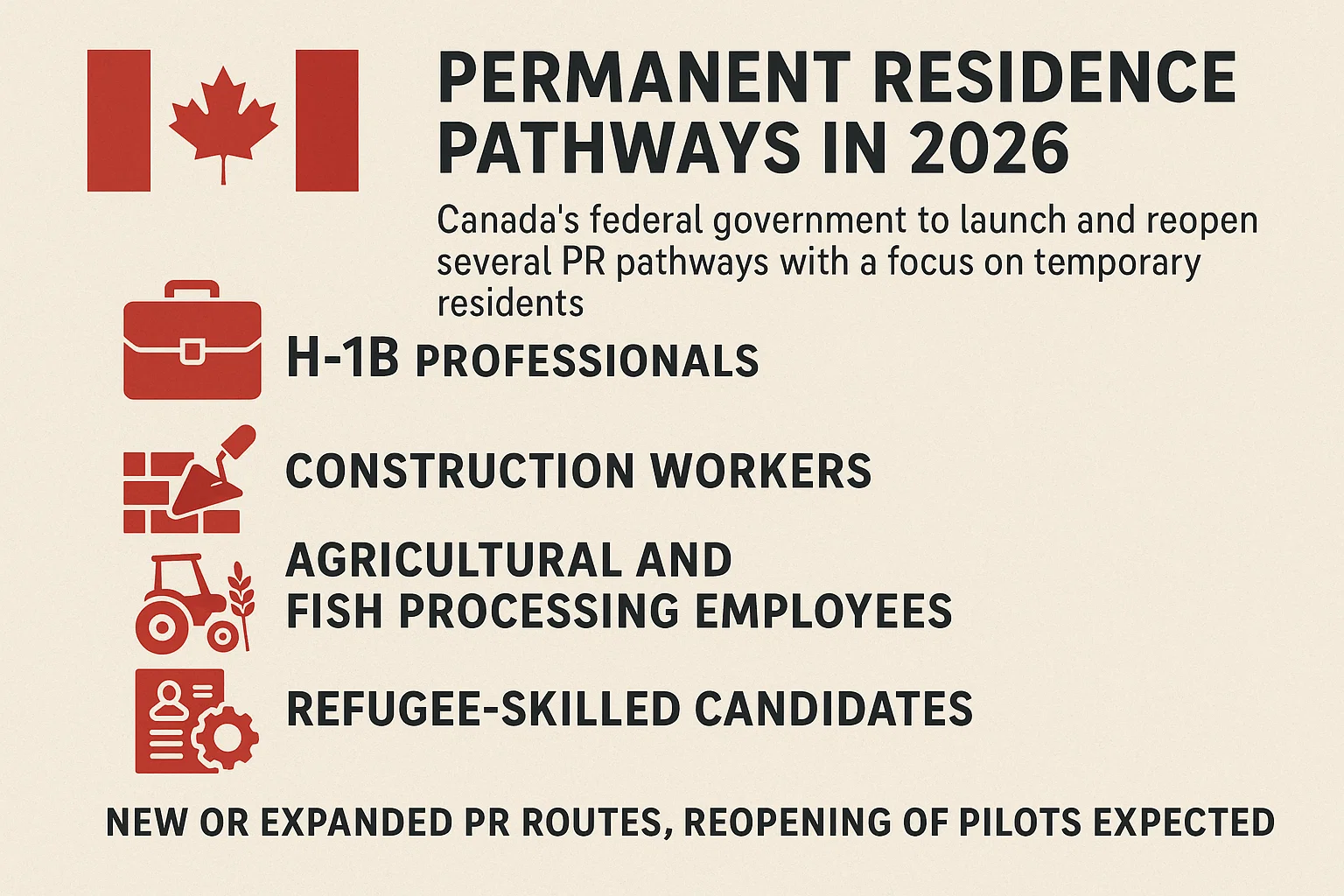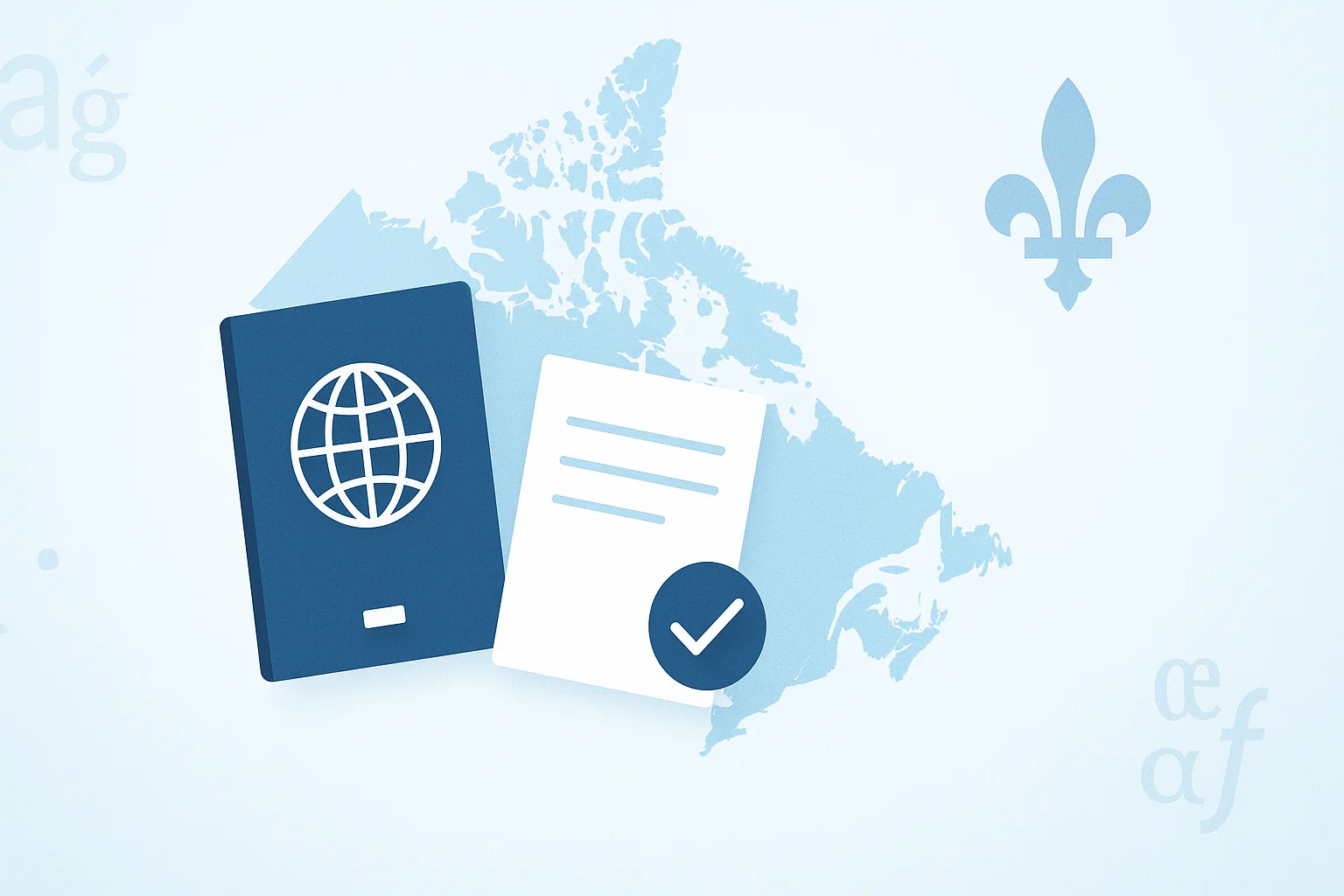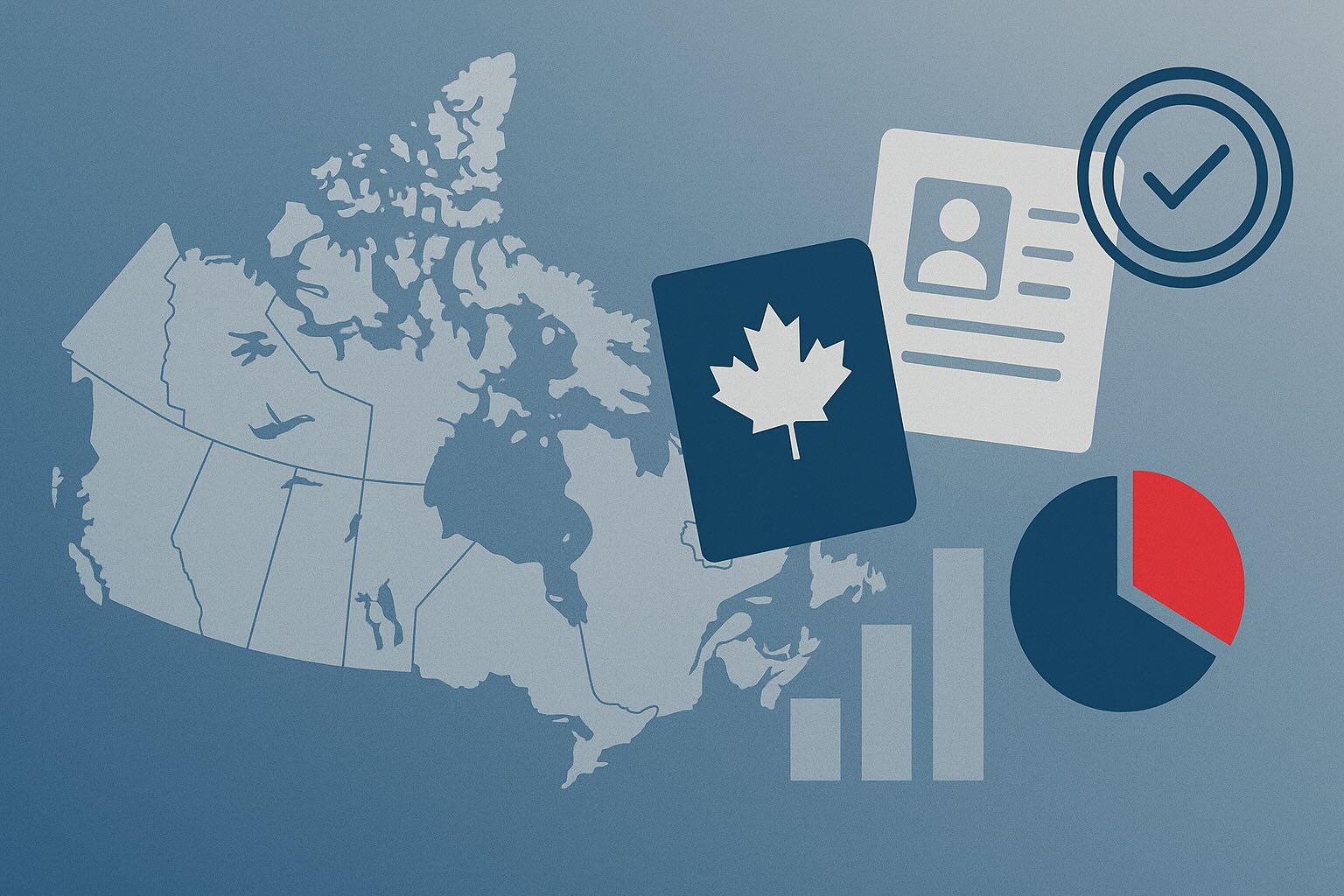
Population Growth Sharply Decelerates to Historic Lows
As of July 1, 2025, Canada's total population reached 41,651,653, an increase of only 47,098 people from the previous quarter. This growth rate represents the lowest second-quarter increase since the 2020 COVID-19 border restrictions.
Year-over-Year Comparison:
- Q2 2025: 47,098 people
- Q2 2024: Over 272,000 people
- Q2 2023: 321,000 people
Over the past 12 months (ending July 1, 2025), Canada's population growth rate was 0.9% (389,324 people), a sharp decline compared to the 3.0% growth rate from July 2023 to July 2024.
International Migration Contribution Significantly Declines
International migration remains the primary driver of Canada's population growth, but its contribution ratio is shrinking:
Q2 2025 Migration Data:
- International migration contribution: 33,694 people (71.5% of total growth)
- Natural increase contribution: 13,404 people (births minus deaths)
- Comparison to Q2 2024: International migration contributed 95.3%
Temporary Resident Numbers Drop Dramatically
Non-Permanent Resident (NPR) Changes:
- April to July 2025: Net loss of 58,719 people, the second-largest quarterly decline on record
- NPR peak total: 3.15 million in October 2024
- Current NPR total: 3.02 million, representing 7.3% of total population
Specific Reduction Categories:
- Study permit holders: Decreased by 32,025
- Work permit holders: Decreased by 19,637
- Holders of both study and work permits: Decreased by 19,072
- Asylum claimants and protected persons: Increased by nearly 18,000
This trend directly reflects the federal government's temporary resident reduction policies announced in 2024, particularly restrictions targeting international students.
Population Aging Trends Accelerate Again
Age Structure Changes:
- Median age: Rose from 40.3 to 40.6 years (July 2024 to July 2025)
- Average age: Rose from 41.6 to 41.8 years
- Population 65+: 19.5% of total population, reaching 8.1 million, with 3.4% annual growth
- Children aged 0-14: Remained at 6.26 million with no significant growth
Labor Force Population Under Increased Pressure:
- Working-age population (15-64) growth rate: Only 0.4%
- Previous year same period growth rate: 3.2%
- Primary cause: Sharp reduction in young non-permanent residents (especially international students)
Provincial Population Growth Shows Significant Disparities
Fastest Growing Provinces:
- Prince Edward Island: +0.8%
- Alberta: +0.4% (12 consecutive quarters attracting interprovincial migration)
Population Decline Regions:
- British Columbia: Decreased by 2,154 people
- Permanent immigrant inflow: Over 12,000 people
- Non-permanent resident outflow: Nearly 14,700 people
- Net emigration: Over 2,600 people
Interprovincial Migration Patterns:
- Ontario: Net outflow for 15 consecutive quarters, losing 6,154 residents in Q2
- Primary destination provinces: Alberta, British Columbia, Quebec
Newfoundland and Labrador Sets Historic Record
Newfoundland and Labrador became Canada's first province where more than 25% of the population (25.2%) is aged 65 or older, highlighting regional disparities in national population aging.
National Age Structure Comparison:
- Youngest region: Nunavut
- Median age: 27.1 years
- Population 65+ ratio: 5.2%
- National average: 19.5% of population 65+
Future Outlook: Escalating Labor Shortage Risks
Key Challenges:
- Low fertility rates
- Extended life expectancy
- Declining proportion of young new immigrants
- Continued retirement of baby boom generation
Policy Impact Analysis:
- Current temporary immigration decline demonstrates rapid population structure balance changes
- Natural increase (births minus deaths) contributes weakly to total growth
- Immigration (permanent and temporary) remains the most important tool supporting labor supply
Prospect Assessment:
Although Canada commits to receiving over 100,000 permanent residents per quarter, this may be insufficient to offset the combined effects of shrinking young population and rising retirement numbers. Rebuilding temporary immigration channels or shifting focus toward younger permanent residents could be key measures to reverse the current labor force contraction.
Data Source: Statistics Canada, released September 24, 2025









